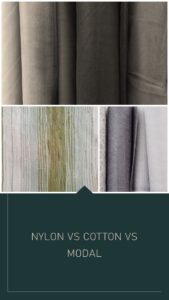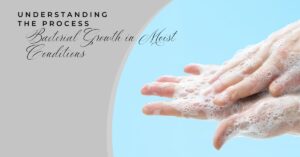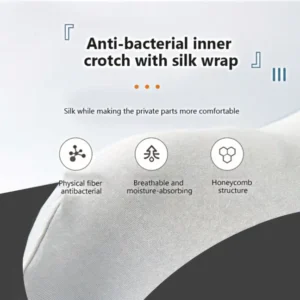Modal fabric is an increasingly popular material in the textile industry, especially in the realm of underwear production. Derived from the pulp of beech trees, modal fabric is known for its soft texture, durability, and significantly, its high hygroscopicity. Hygroscopicity refers to a material’s ability to absorb and retain moisture from the environment.
When it comes to underwear, the hygroscopicity of the fabric used is a key element. Undergarments are in direct contact with the skin and often in areas that are prone to sweat. Therefore, the ability of a fabric to absorb, distribute, and evaporate moisture plays a significant role in maintaining comfort and hygiene.
Modal fabric excels in this regard. Its hygroscopicity is up to 50% higher than that of cotton, a commonly used material for underwear. This means that modal fabric can absorb more moisture, keeping the skin drier and more comfortable for a longer period. The moisture absorbed by modal fabric is distributed evenly throughout the fabric, which aids in quicker evaporation. This attribute prevents the accumulation of moisture in one area, which can cause discomfort or create a conducive environment for bacteria growth.
Comparison with Other Fabrics
When compared with other popular underwear materials, modal fabric’s hygroscopicity proves to be superior. Cotton, for instance, has a high moisture absorption rate, but it tends to retain the moisture it absorbs, making it less effective in maintaining dryness over time. Moreover, cotton’s ability to absorb moisture decreases with repeated washing.
Synthetic fabrics like polyester and nylon, on the other hand, are less absorbent. These materials are often used in underwear due to their durability and stretchiness, but their low hygroscopicity can lead to discomfort, especially in warm conditions or during physical activities.
Bamboo fabric, similar to modal, is also highly hygroscopic. It absorbs moisture quickly and is known for its cooling properties. However, the process of converting bamboo into a textile often involves heavy chemical use, which can be harmful to the environment.
Odor Control
Odor control is another crucial aspect to consider in underwear. Bad odors are typically caused by the growth of bacteria in the presence of sweat or moisture. Given modal fabric’s high hygroscopicity, it can effectively reduce the conditions that lead to bacterial growth, thereby controlling odor.
The moisture absorbed by modal fabric is spread evenly across the material, preventing it from becoming saturated in any one area. This uniform distribution aids in quick evaporation, reducing the damp environment where bacteria thrive. Moreover, modal fabric is resistant to shrinkage and maintains its hygroscopic properties even after repeated washing, ensuring consistent odor control over time.
However, it’s important to note that while modal fabric’s hygroscopicity can contribute to odor control, it doesn’t inherently possess antibacterial properties. For enhanced antibacterial effects, modal fabric is often blended with other materials like silver ions
or treated with antibacterial agents. Runamante sells 2 products and both have anti-bacterial properties due to the blending of mulberry silk with one style, and graphene with the other.
In conclusion, the high hygroscopicity of modal fabric offers numerous benefits for underwear. It ensures a high level of comfort by absorbing and distributing moisture effectively, compares favorably with other common underwear materials, and contributes to odor control by reducing the conditions that foster bacterial growth. As consumers become more aware of the advantages of different materials, the use of modal fabric in underwear production is likely to grow.




